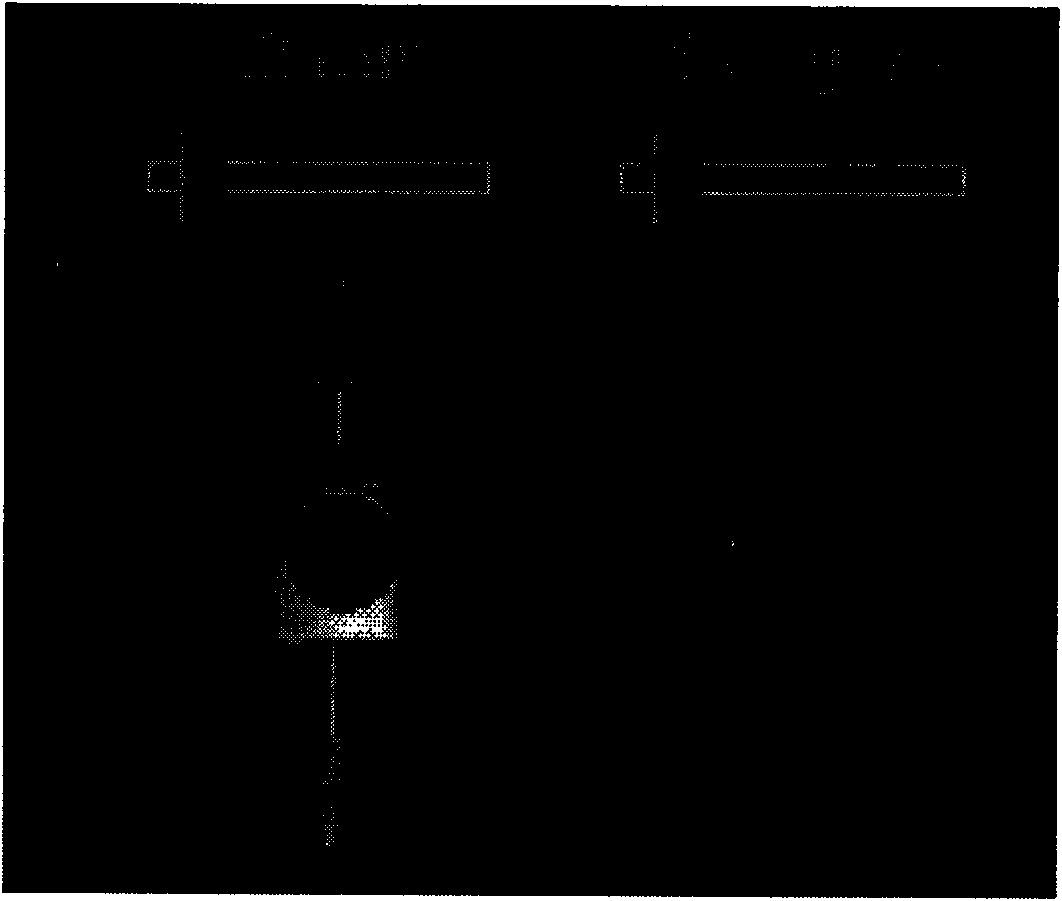Tooth mover for computer-assisting tooth orthodontics
A technology of movers and teeth, applied in computing, dentistry, instruments, etc., can solve problems such as poor sense of direction, movement errors, movement errors, etc.
- Summary
- Abstract
- Description
- Claims
- Application Information
AI Technical Summary
Problems solved by technology
Method used
Image
Examples
Embodiment
[0033] The movement requirements are: the teeth need to be moved from the initial position (0, 0, 0, 0, 0, 0) to (10, 12, 4, 30, 45, 7). direction, the translation distance of the long axis of the crown, and the last three represent the rotation angles around these three directions respectively. The order of rotation is first around the mesial and distal, then labial and lingual, and finally the coronal long axis.
[0034] The operation steps are
[0035] 1. According to image 3 , adjust the tooth movement speed to 5
[0036] 2. Click the near-distal direction arrow twice to execute Figure 4 Process 2 times, the tooth position becomes (10, 0, 0, 0, 0, 0)
[0037] 3. Similarly, after moving along the lip-lingual direction and the long axis of the crown, the tooth position becomes (10, 12, 4, 0, 0, 0)
[0038] 4. Click image 3 Select the revolving axis icon until it turns red (representing the near-distal axis), click the clockwise rotation arrow (clockwise is positive,...
PUM
 Login to View More
Login to View More Abstract
Description
Claims
Application Information
 Login to View More
Login to View More - R&D
- Intellectual Property
- Life Sciences
- Materials
- Tech Scout
- Unparalleled Data Quality
- Higher Quality Content
- 60% Fewer Hallucinations
Browse by: Latest US Patents, China's latest patents, Technical Efficacy Thesaurus, Application Domain, Technology Topic, Popular Technical Reports.
© 2025 PatSnap. All rights reserved.Legal|Privacy policy|Modern Slavery Act Transparency Statement|Sitemap|About US| Contact US: help@patsnap.com



